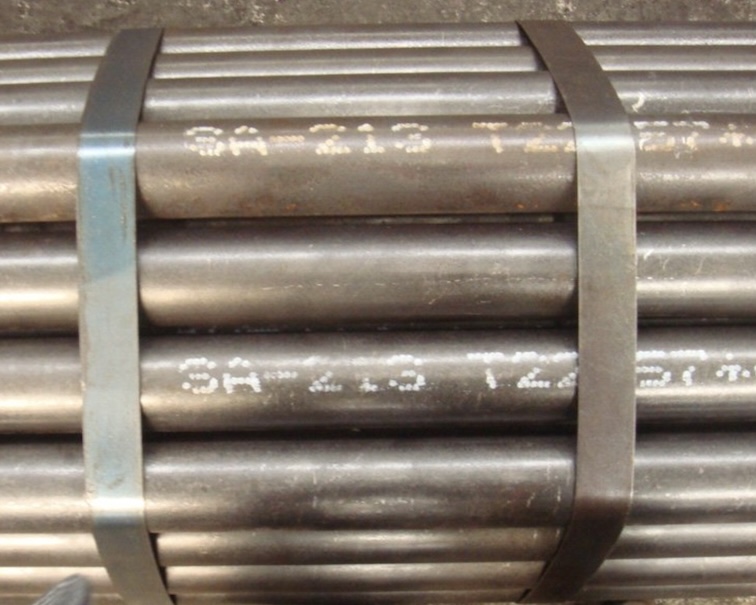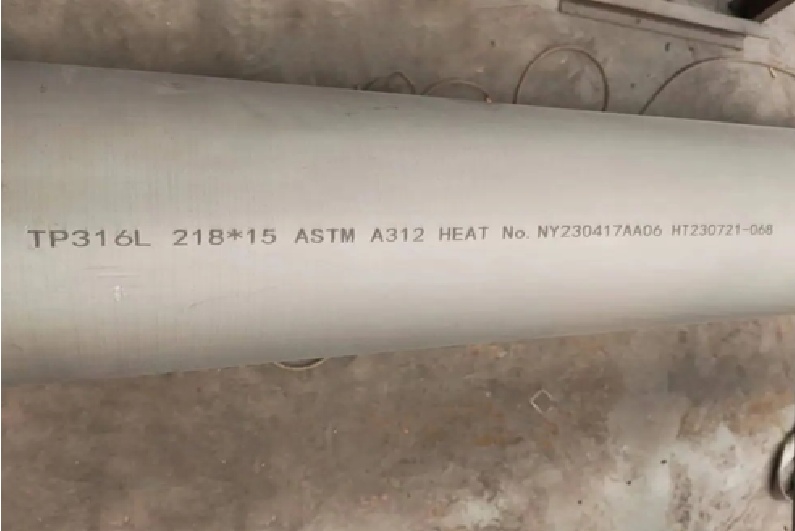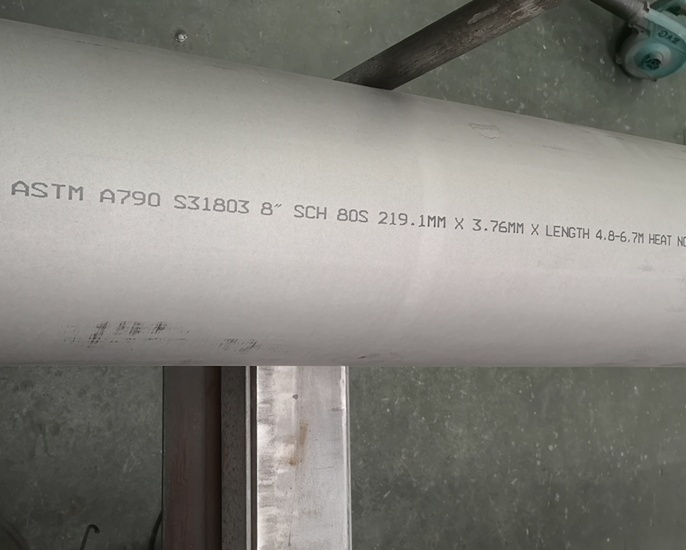ASME SA213 T22 tube seamless tube for Heat Exchanger
ASME SA213 T22 Alloy Steel Seamless Tubes | High-Temperature Boiler & Heat Exchanger
Seamless alloy steel tubes manufactured in accordance with ASTM A213/ASME SA213 standards, specifically designed for use in boilers, superheaters, reheaters, and heat exchangers.
Made from 2.25Cr-1Mo alloy steel, these tubes offer excellent resistance to high-temperature oxidation, pressure, and creep. They are widely used in power plants, refineries, and petrochemical industries.
T22 also known as a chromium-molybdenum alloy steel,
ASTM A213 is the Standard Specification for Seamless Ferritic and Austenitic Alloy-Steel Boiler, Superheater, and Heat-Exchanger Tubes
ASME A213 SPECIFICATION FOR SEAMLESS FERRITIC AND AUSTENITIC ALLOY – STEEL BOILER, SUPERHEATER, AND HEAT – EXCHANGER TUBES,which is the Identical with ASTM Specification A213/A213M except for the additional H Grade requirements in para. 6.2 and correction of UNS number for Grade T9 in Table 3.
ASME SA213 / ASTM A213 T22 Tube specification
- Standard: ASME SA213 / ASTM A213
- Grade: T22 (UNS K21590)
- Seamless construction for strength and integrity
- Excellent high-temperature and high-pressure performance
- Fully certified with EN 10204 3.1 or 3.2 Mill Test Certificates
Available Sizes:
- Outer Diameter: 6 mm to 127 mm
- Wall Thickness: 0.8 mm to 12 mm
Chemical Composition Limits ASTM A213 T22
| Grade | UNS Designation | Carbon | Manganese | Phosphorus | Sulfur | Silicon | Nickel | Chromium | Molybdenum | Vanadium | Boron | Niobium* | Nitrogen | Aluminum | Tungsten | Other Elements |
| T22 | K21590 | 0.05 – 0.15 | 0.30 – 0.60 | 0.025 | 0.025 | 0.5 | – | 1.90 – 2.60 | 0.85 – 1.15 | – | – | – | – | – | – | – |
Tensile and Hardness Requirements of ASTM A213 T22
| Grade | UNS Designation | Tensile Strength, min, [MPa] | Yield Strength, min, [MPa] | Elongation in 2 in. or 4D, min, % | Hardness¹ | |
| Brinell/Vickers | Rockwell | |||||
| All other low alloy grades | – | 60 (415) | 30 (205) | 30 | 181 HRBW | 85 HRB |
| 170 HV | ||||||
Heat Treatment and Grain Size Requirements of ASTM A213 T22 tube
| Grade | UNS Number | Heat Treat Type | Austenitizing/ Solution Treatment Temperature, min or range, °F [°C] | Cooling Media | Subcritical Annealing or Tempering Temperature, min or range, °F [°C] | ASTM Grain Size No.² |
| T22 | K21590 | normalize and temper or full anneal or isothermal anneal. | – | – | 1250 (675) | – |
Average Wall Thickness Tolerance of ASTM A213 T22 Hot Formed Tubes
| TABLE 6 Permitted Variations in Average Wall Thickness for Hot Formed Tubes | ||
| Specified Outside Diameter, in. [mm] | Tolerance in % from specified wall thickness | Tolerance in % from specified wall thickness |
| Over | Under | |
| 73.0 [1853] and over to 10 in. [254 mm] | 20 | 12.5 |
| 10 in. [254 mm] and over, over 2.5% SYS (73.0) | 22.5 | 12.5 |
| (D = 5 %) | ||
| 10 in. [254 mm] and over, over 5.0% SYS (146.0) | 15 | 12.5 |
| (D = 10 %) | ||
| *T = specified wall thickness | ||
| D = specified outside diameter | ||
Number of Tubes in a Lot Heat Treated by the Continuous Process or by Direct Quench After Hot Forming
| Size of Tube | Size of Lot |
| 2 in. [50.8 mm] and over in outside diameter, over 0.200 in. [5.1 mm] in wall thickness | not more than 50 tubes |
| 2 in. [50.8 mm] and over in outside diameter, under 0.200 in. [5.1 mm] in wall thickness | not more than 75 tubes |
| Under 2 in. [50.8 mm] in outside diameter, over 0.200 in. [5.1 mm] in wall thickness | not more than 75 tubes |
| 1 in. [25.4 mm] or less in outside diameter | not more than 125 tubes |
Quality contro of ASME SA213 T22 alloy steel tubes
The test requirements for ASME SA213 T22 alloy steel tubes are defined in the ASME SA213 / ASTM A213 standard and are critical to ensure the tube’s quality, mechanical performance, and suitability for high-temperature applications like boilers, superheaters, reheaters, and heat exchangers
Standard Test Requirements for SA213 T22
1. Tensile Test (Mechanical Properties)
2. Hardness Test
3. Flattening Test
4. Flaring Test
- Only for tubes with OD < 50.8 mm (2 in).
- Purpose: Ensures the tube can expand without cracking.
- Flaring angle: Usually 60° as per standard.
5. Hydrostatic Test (Hydro Test)
- Mandatory: Yes.
- Purpose: To ensure the tube can withstand internal pressure without leakage.
- Pressure: Based on wall thickness and material; calculated per ASME B31.1/B31.3.
- Alternative: Nondestructive test (see below), but hydrotest is default.
6. Nondestructive Examination (Optional/Alternate)
- Eddy Current Test
- Ultrasonic Test
7. Mill Test Certificate (MTC)
- Certification Type: Typically per EN 10204 3.1 or 3.2 if third-party inspection is involved.


